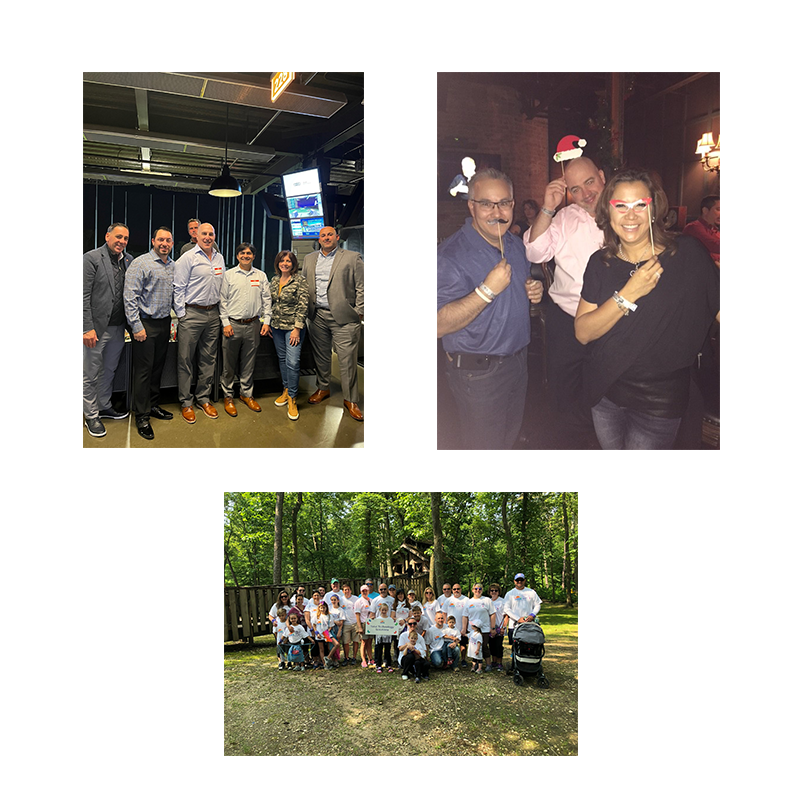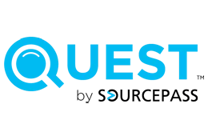New York's Top MSP
Friendly, responsive IT services from a local, award-winning partner.
Begin your IT transformation today.
Get started today by reserving a quick online meeting with one of our experienced consultants.
Book A Meeting
Welcome to Sourcepass Melville
We're the New York IT team your business needs.
In March 2022, Sourcepass acquired NST, an award winning, 20-year East Northport-based IT Provider, as their platform company. Shortly thereafter, Sourcepass acquired Total Technology Solutions of Melville, NY, and CCSI of Bohemia, NY who have helped businesses, municipalities, and school districts in the NY tri-state area for decades. In fall 2023, all three locations consolidated into a single location - our Melville Center of Excellence.
With expertise in today’s cloud technologies extending across all industries, we specialize in security services and regulatory compliance such as HIPAA, SOC, DFS, and EdLaw-2d. Let us show you why we are Long Island and New York City's Top MSP.
IT Services You Can Count On
Let Us be Your Partner for Everything IT
Comprehensive technology and support for your business.
Our managed services offering delivers a responsive and innovative managed IT services engagement to support your business and drive growth.
We provide the technical support, project expertise, strategic guidance, and innovative technology solutions to transform your company into a modern, secure, cloud-enabled business.
Our certified team focuses on implementation, support, and expert administration of cloud, cyber security, and collaboration solutions focused around the Microsoft ecosystem.
Flexible Plans, Comprehensive Security.
Choose from fully managed or co-managed service plans that are scalable and customizable to meet your exact business needs.
We'll also provide our comprehensive security suite to protect your employees, devices, and network against security threats while ensuring your data and applications remain available and protected against loss.
Rely on our award-winning team.
Our experienced, award-winning team focuses on developing a personal relationship with our clients, learning about your business needs and how best to apply technology to solve problems and create new opportunities.
Benefits of Hiring an MSP |
|
|
Complete Coverage Rest assured knowing that your IT systems are being monitored 24x7 to optimize performance, reduce downtime, respond to security alerts, and protect your data. |
|
|
Industry Expertise With advanced certifications and training, our team will ensure that your business stays current with the most up-to-date technologies and best practices. |
|
|
Predictable Budget With our flexible monthly subscriptions, you’ll be able to accurately project your IT spend without any surprises. |
|
|
Availability Enjoy 24/7 security and network monitoring and access to a diverse team that is unaffected by sick leave, vacation, or turnover with 3x more availability than traditional in-house individuals. |
|
|
Performance & Reporting Receive in-depth analytics on service requests, security, asset management, licensing, and full insight into the overall IT health of your organization. |
|
|
Comprehensive CoverageOur managed IT service plans include administration and support for your employees, their devices, your network, servers, and all of the cloud solutions your company needs.
|
|
|
Live Help DeskOur US-based support team works in real-time to provide rapid response to your end users. Contact us by phone, email, and via our support portal and enjoy the benefits of a responsive IT team.
|
|
|
24 x 7 MonitoringExperience peace of mind knowing that every device in your network is monitored at all times. Our team will keep your infrastructure in good health by responding to issues before they disrupt your productivity.
|
|
|
Strategic IT LeadershipEnjoy the benefits of a virtual CIO/CTO and strategic guidance on industry best practices. From budgeting forecasts to technology updates, you’ll have an expert team advising you how to achieve your long-term goals. |
|
|
Cyber SecurityWe’ll safeguard your company’s most valuable assets: your employees and your data. We provide a multi-layer defense to protect against phishing, viruses, data loss, and ransomware threats.
|
|
|
Cloud Backup & Disaster RecoveryYour data is crucial to your business and the target of constant threats — from hackers to ransomware. As part of your plan, we’ll monitor your backups to ensure quick recovery from any loss or compromise.
|
|
|
Online Portal & ReportingWe strive to be fully transparent with our clients. You’ll receive detailed regular reporting with your invoice, so you’ll know where your budget is being spent and the actions being performed on your account.
|
|
|
Sales & Procurement ServicesOur operations team will work closely with you to procure the IT equipment, software, and subscriptions you need. Enjoy the benefits of consolidated billing, inventory management, and competitive pricing from our industry-leading vendors.
|
"Was very quick with resolving our issue. Called [our user] and got her up and running right away. Friendly and he knows his stuff, great knowledge!" - Karen R.
"Joe helps us even if he is out the door with last minute requests…. I can’t express enough how much our company appreciates it. Our gratitude is immeasurable." - Henry E.
"Always a pleasure to speak with the techs. Thank you as usual for the quickness in resolving the issue." - Michelle B.
We're Proud to Call New York Home
The New York Metro Area and Long Island are amazing places to live, work, and run a thriving business. From Manhattan to Montauk, Sourcepass is an active member of our community, supporting programs such as Community Housing Innovations, Farmingdale State College, Island Harvest - A Food Bank for Long Island, SIBS Place, and SunriseWALKS. We are proud to be based here and remain dedicated to making an impact in the communities we call home.
Sourcepass
515 Broadhollow Rd
Suite 1400
Melville, NY 11747

Begin Your IT Transformation Today
Get Started today by reserving a quick online meeting with one of our experienced consultants.
Book A Meeting








